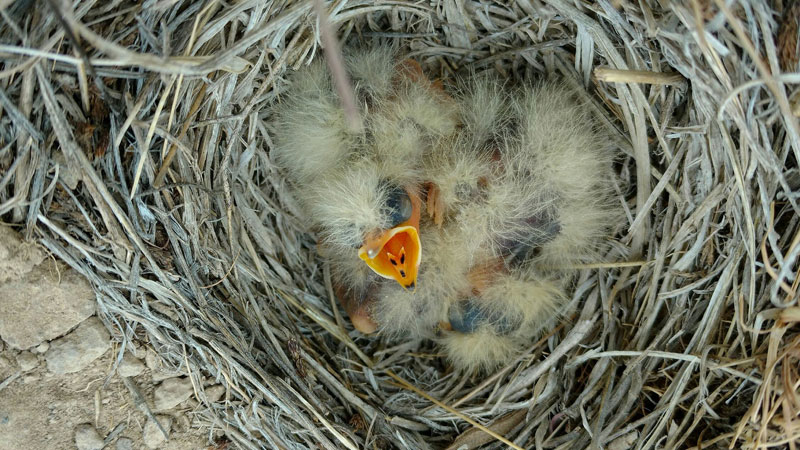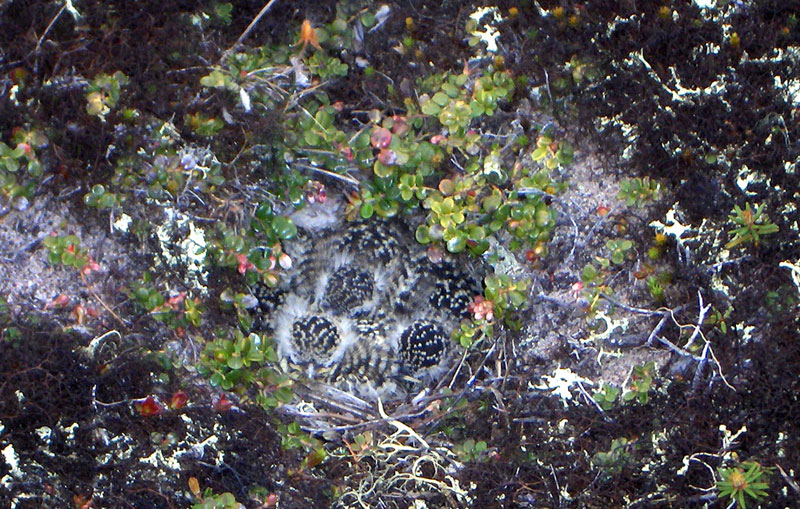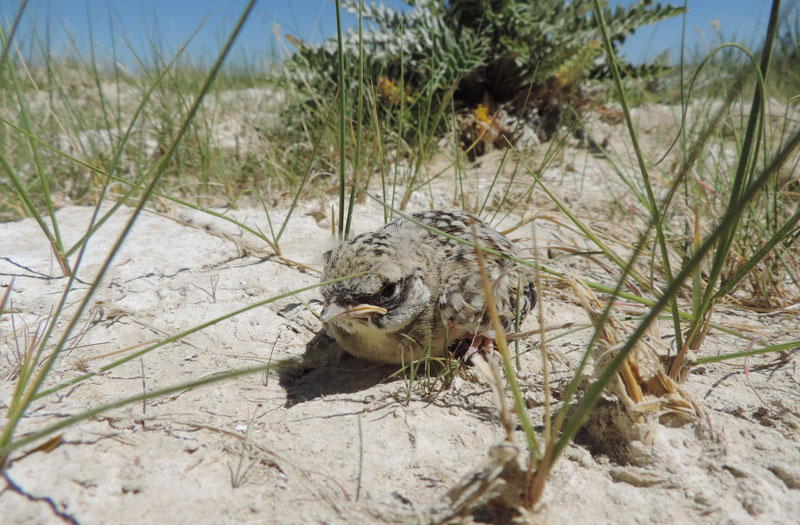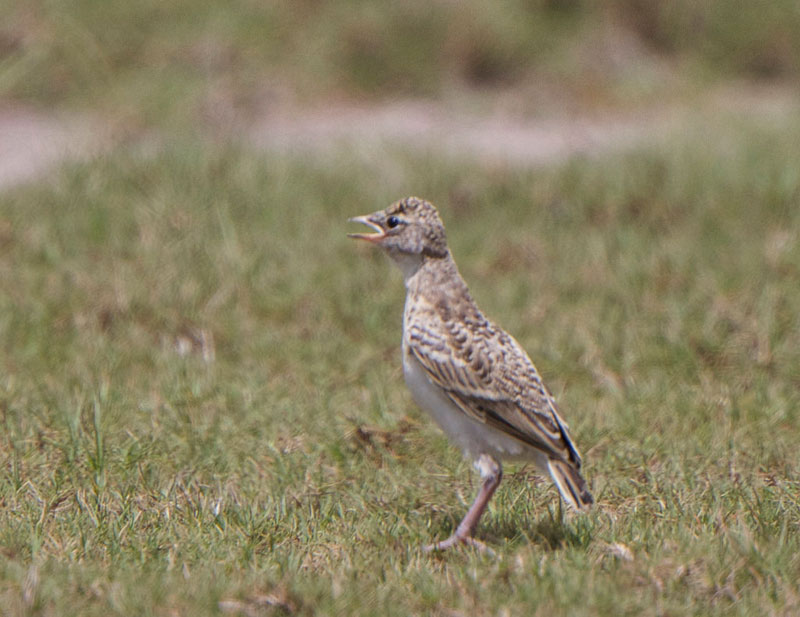Baby Birdorable: Horned Lark
If you think our Birdorable birds are cute as adults, what about when they are babies? Below are some baby photos (shared via Flickr Creative Commons) of the Horned Lark.
Female Horned Larks build the nest alone. A natural depression is found, or a cavity is dug by loosening soil and flipping it away with beak and feet. Woven plant material is formed into a nest inside the cavity, which is then lined with soft material like fur and feathers. Once the eggs are laid, incubation, performed only by the female Horned Lark, takes around 11 days. Chicks are fed a diet of mostly insects while growing in the nest.
Baby Horned Larks typically leave the nest 8-10 days after hatching. It takes another two weeks before they are able to walk and fly as well as adults.













Comments
Be the first to comment
Thank you!